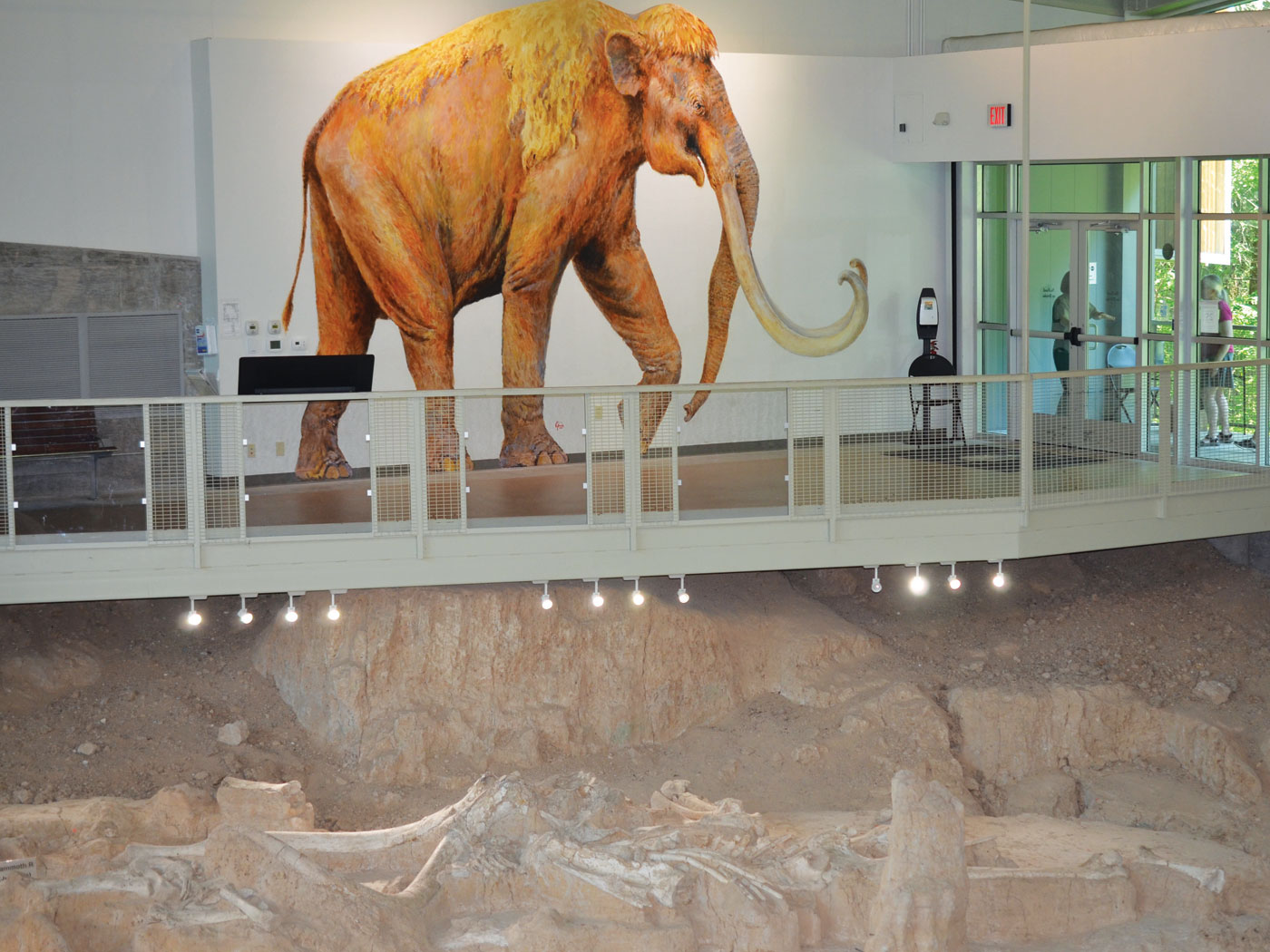Do today’s children have lower IQs than yesterday’s? Yes, according to measurements of intellectual and emotional strength gathered from different countries and contexts. The results show the same basic decline and resist the notion that public or other forms of education are to blame. Could the cause instead lie within?
Stanford University professor Gerald Crabtree thinks so. He published a pair of essays in the journal Trends in Genetics, citing new discoveries that show why the human intellect is “surprisingly fragile.”1 This biblical creation-friendly notion didn’t sit well with the authors of a rebuttal paper, who countered that the human intellect is “robust.”2 What lies at the heart of this disagreement—bad science or bad assumptions?
Crabtree identified two fundamental processes as the main culprits. First, human intelligence uses neurons, and these cells can only function properly if their genes stay in top shape. Second, these genes are susceptible to degradation. This loss of organization occurs continually as mutations slowly, irreversibly garble genes, and the resulting errors pile up and are not corrected.
Our brains use 2,000 to 5,000 so-called Intellectual Deficiency (ID) genes, according to Crabtree’s estimate. Geneticists routinely identify specific mutations in ID genes as the causes of various types of mental retardation and similar intellectual syndromes that arise during imperfections in brain development.3 Proper human intelligence requires at least one clean copy of every ID gene.4 Like a missing wooden slat in a very long rope bridge, a mutant ID gene challenges the brain to carefully “step over” the gap on its way to developing the biological infrastructure for healthy intelligence.
Each new generation accrues about 60 new mutations to the gene-coding DNA regions of the human genome. Crabtree applied this rate to calculate that “every 20-50 generations we should sustain a mutation in one copy of one of our many ID genes.” As a result, “in the past 3000 years then (~120 generations), each of us should have accumulated at the very least 2.5-6 mutations in ID genes.” Accordingly, the human intellect “perhaps reached a peak 2000-6000 years ago.”1
This appears to confirm three lessons that can be drawn from the Bible. First, Adam and Eve’s brains were originally “very good.” Second, we had our best brains about 6,000 years ago. Third, humanity has suffered genetic degradation since then under the Curse.5,6
Some who wish to reject Scripture work hard to find ways to excuse Bible-confirming data from their own field of genetics. The authors of the technical rebuttal argued that Crabtree overestimated the true number of ID genes, but they did not offer data supporting an alternative number, nor did they explain why fewer ID genes should cancel Crabtree’s conclusion. The rebuttal team also rejected the idea that ID genes are susceptible to mutational buildup on the basis of “genetic theories regarding the evolutionary dynamics of deleterious mutations” and on the results of a computer model that illustrated how genes can increase in number assuming hypothetical evolution-friendly parameters.2
Both Crabtree and his detractors tried to extrapolate some set of numbers to make conclusions about the unobservable past. The rebuttal authors who resist the genetic-decay principle hand-picked numbers that support evolutionary history. Crabtree instead used numbers collected from real-world studies. And those studies present an ever-clearer case for a human race that was very good at the start, but is steadily falling apart.
References
- Crabtree, G. R. 2013. Our Fragile Intellect. Part I. Trends in Genetics. 29 (1): 1-3.
- Kalinka, A. T., I. Kelava, and E. Lewitus. 2013. Our Robust Intellect. Trends in Genetics. 29 (3): 125-127.
- One example is mental retardation caused by mutations in “Aristaless–related, homeobox” protein, expressed in developing nervous tissue. See Strømme, P. et al. 2002. Mutations in the human ortholog of Aristaless cause X-linked mental retardation and epilepsy. Nature Genetics. 30 (4): 441-445.
- Generally, each parent supplies one copy of each gene, totaling two copies for each person. Brain cells that inherit one clean and one mutant copy of an ID gene often access the clean copy and sequester the mutated copy.
- Tomkins, J. Genetics Research Confirms Biblical Timeline. Creation Science Update. Posted on icr. org January 9, 2013, accessed February 28, 2013.
- Thomas, B. 2012. Human Mutation Clock Confirms Creation. Acts & Facts. 41 (11): 17.
* Mr. Thomas is Science Writer at the Institute for Creation Research.
Cite this article: Thomas, B. 2013. Is Mankind Getting Dumber? Acts & Facts. 42 (5): 17.

















